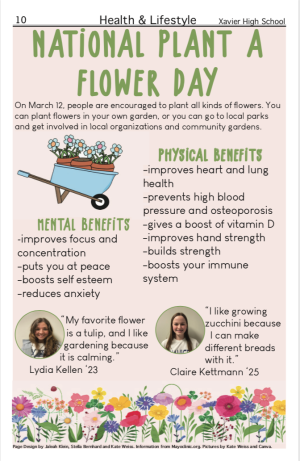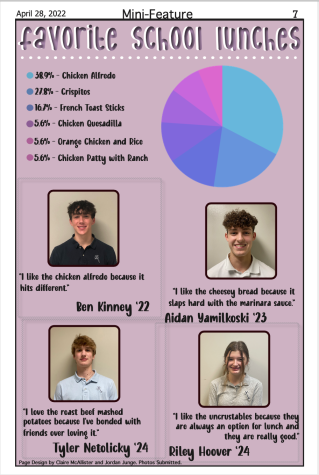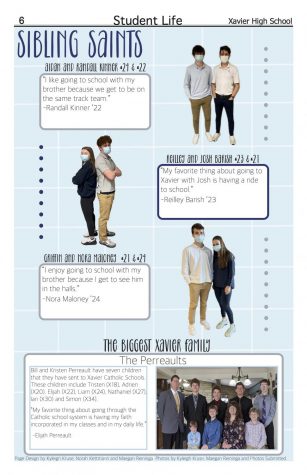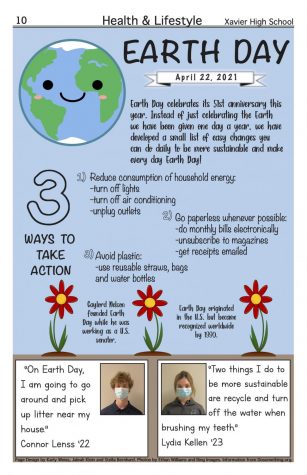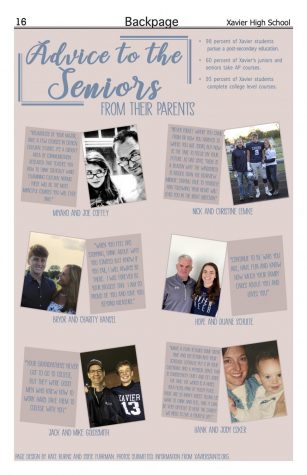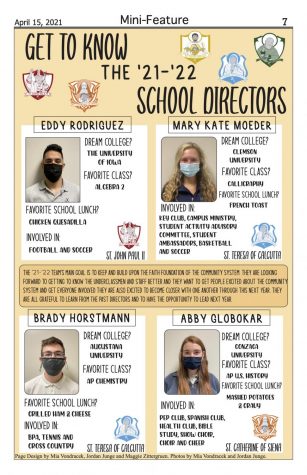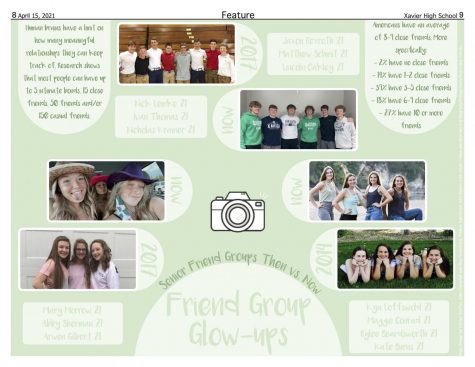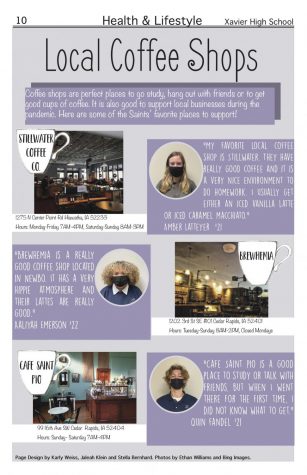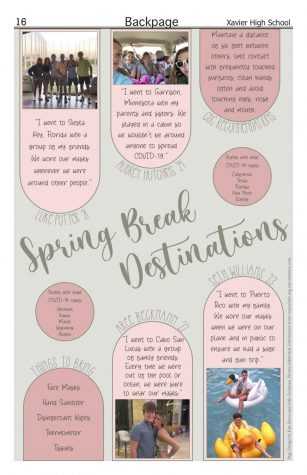Prey are the women of the prairies
January 31, 2020
In a dimly lit room, she opens her worn eyes to see there are four other people. She can’t tell whether she’s the only one who heard it or whether the others heard it too. To her grim surprise, the women look around with eyes so large there can’t be another explanation.
The words descend upon them.
“Only one will go unharmed. Only one.” They each look around to the next, sizing the next one up. “Maybe she would get herself into trouble, but not me.” “Maybe she would make a man think she wanted it when she didn’t, but not me.” “Maybe she would get mixed with a bad crowd, but not me.” But they all know. Crime doesn’t happen like that. One day you could be the person watching the news, shaking your head. The next day, you could be the one on the news, a victim of some crime.
But these women aren’t on the news. They’re not in any newspapers. And worst of all, they’re not in any law enforcement database.
These are the Native women of the prairies. And they have become prey.
My mom grew up a few miles south of a reservation. That meant going to Grandma’s house always consisted of passing this trailer park with people I had never met before. With as little as I knew, and as little as I was, I didn’t know that statistically a majority of these friendly strangers faced nightmares for lives.
More than four in five (84.3%)American Indian and Alaska Native women experience severe violence in their lives according to the Native Institute of Justice. Researchers were shocked to find that, in a 2008 study, these women are ten times more likely to be viciously murdered than any other group of women in the U.S.
In 2016, over 5,700 Indianand Native Alaskan women went missing. According to the National Crime Information Center, only a despicable amount of 116 cases were logged. That’s thousands of wives, mothers, sisters and friendsbeingsilencedbythegrip of injustice due to incompetence.
Bills like Savanna’s Act, which attempts to heighten coordination between Federal and Tribal databases, and the Not Invisible Act, which would set up a victim advisory committee with experienced professionals, have been tumbling in the waves of the U.S. legal system, unable to break free from the riptide and give aid to those in need.
Although resources are hard to disperse amongst the large rural areas where reservations reside and funding may be tight, the women of these dimly lit projections for their future need to be released. If someone is drowning, you throw them a lifeline. If someone has drowned, you prepare more lifelines and save all those that can be saved in the name of the lost.

